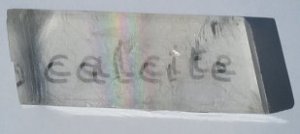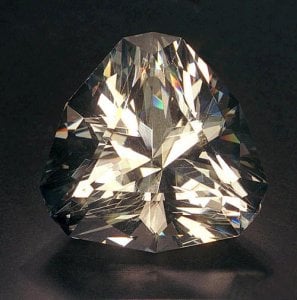Newbie333
Rough_Rock
- Joined
- May 25, 2003
- Messages
- 48
A second question to the gemologists out there...
Using a "Polariscope"... I know it can be used to detect ''stress and strain'' in a diamond, in order to determine likelyhood of it shattering on the cutting wheel, as well as simply letting a cutter evaluate possible cutting angles, etc...
I wanted to ask how it is different from a ''refractometer''? When would you use this?
Thanks!
-NB333

Using a "Polariscope"... I know it can be used to detect ''stress and strain'' in a diamond, in order to determine likelyhood of it shattering on the cutting wheel, as well as simply letting a cutter evaluate possible cutting angles, etc...
I wanted to ask how it is different from a ''refractometer''? When would you use this?
Thanks!
-NB333







300x240.png)